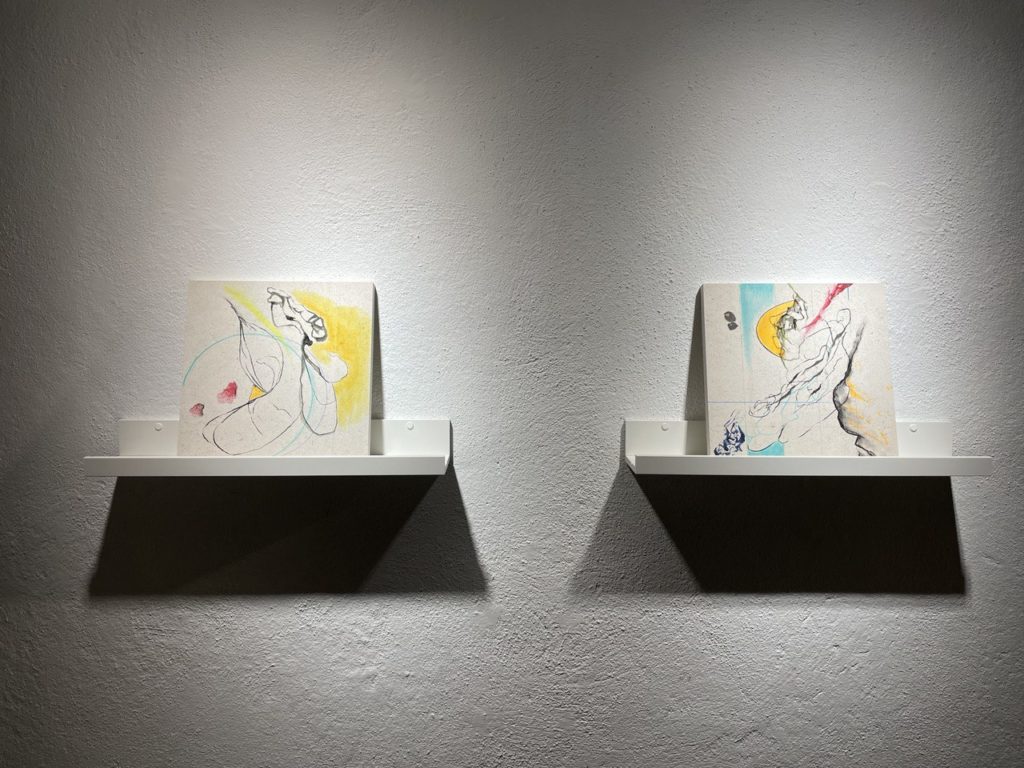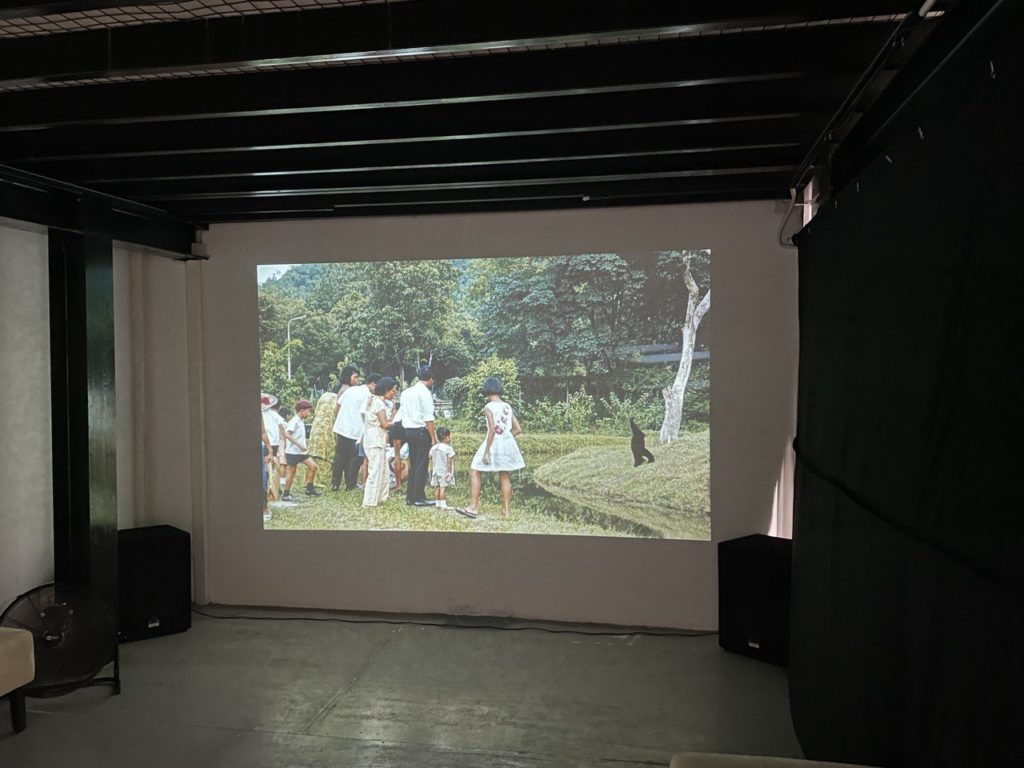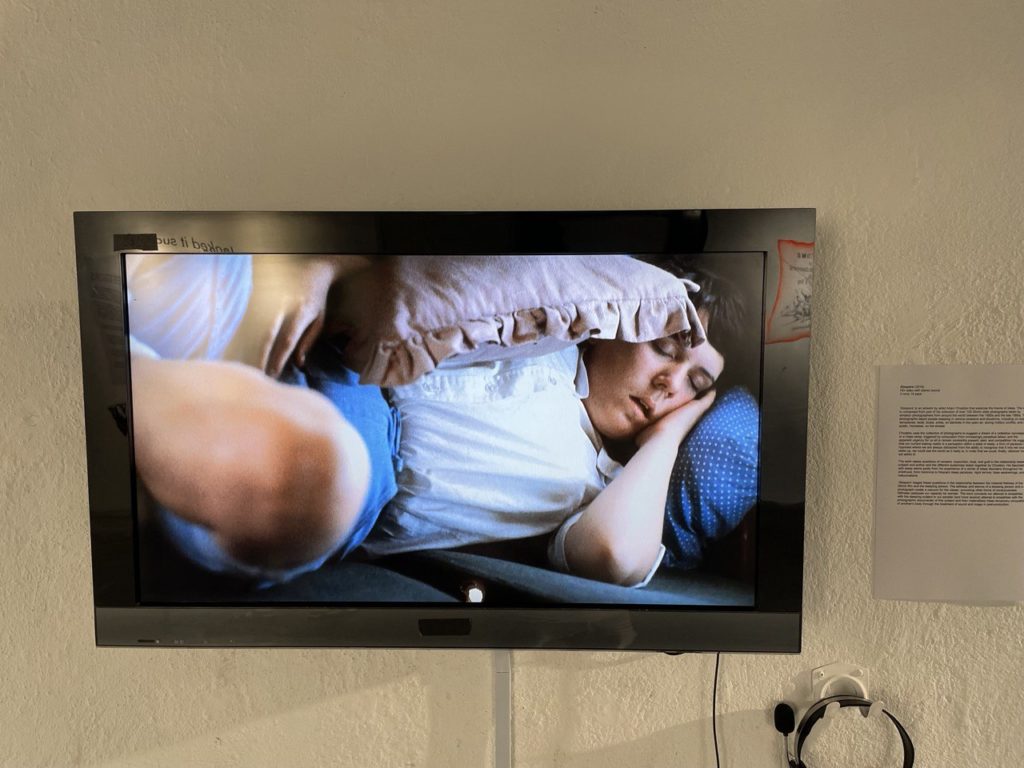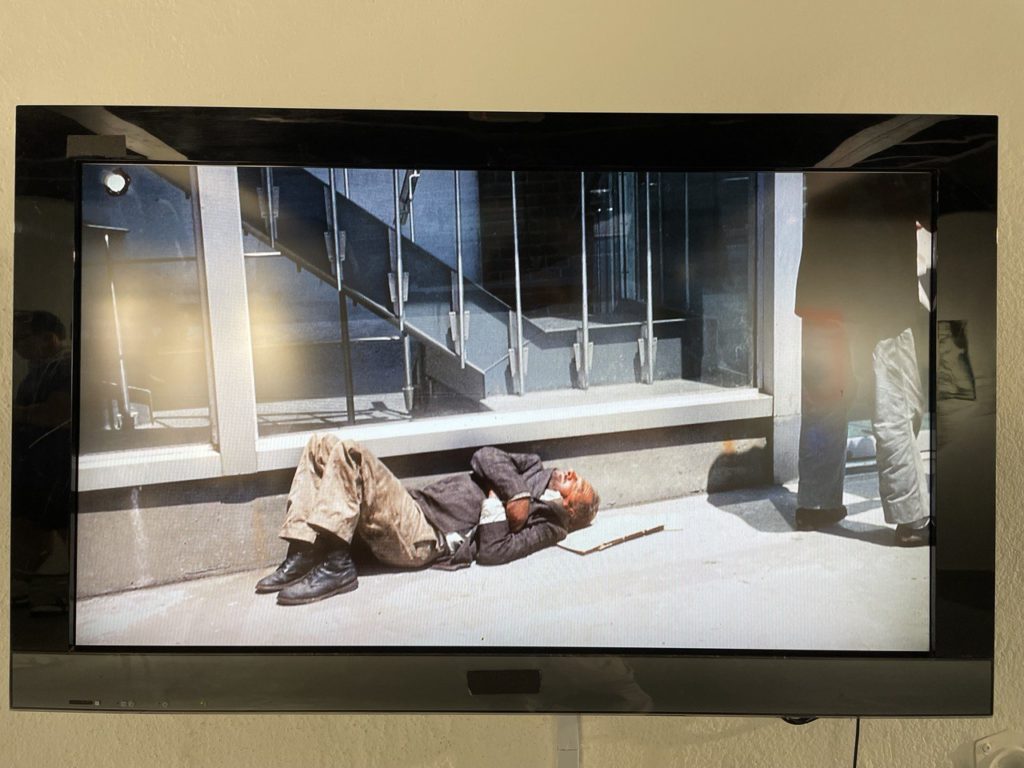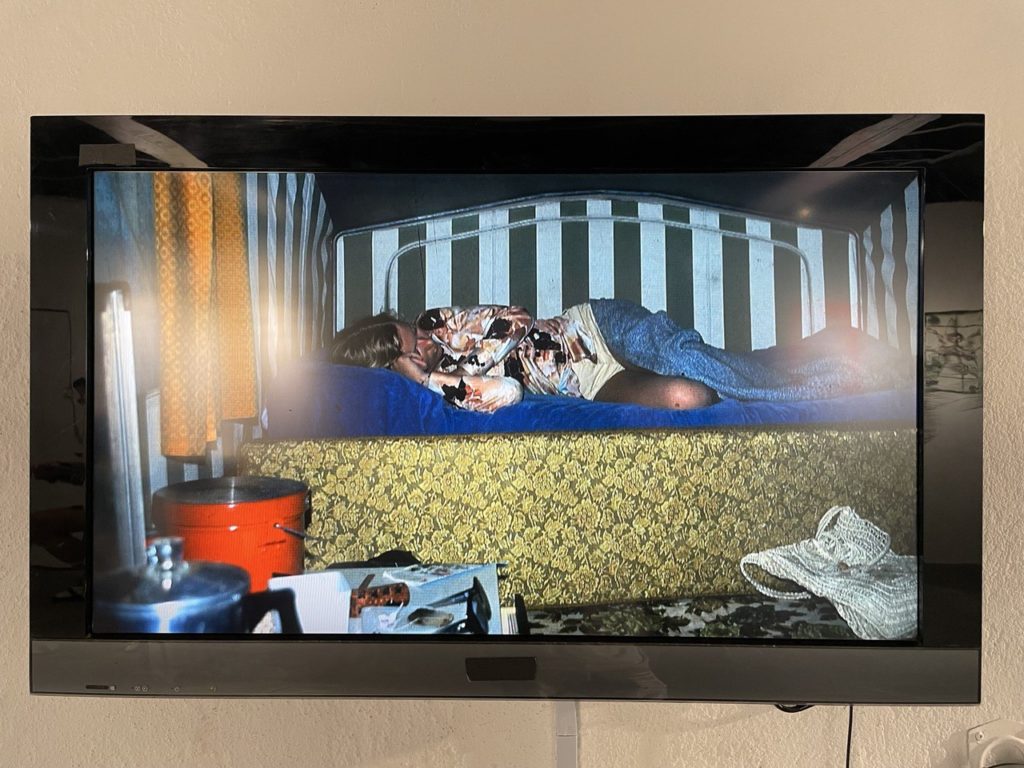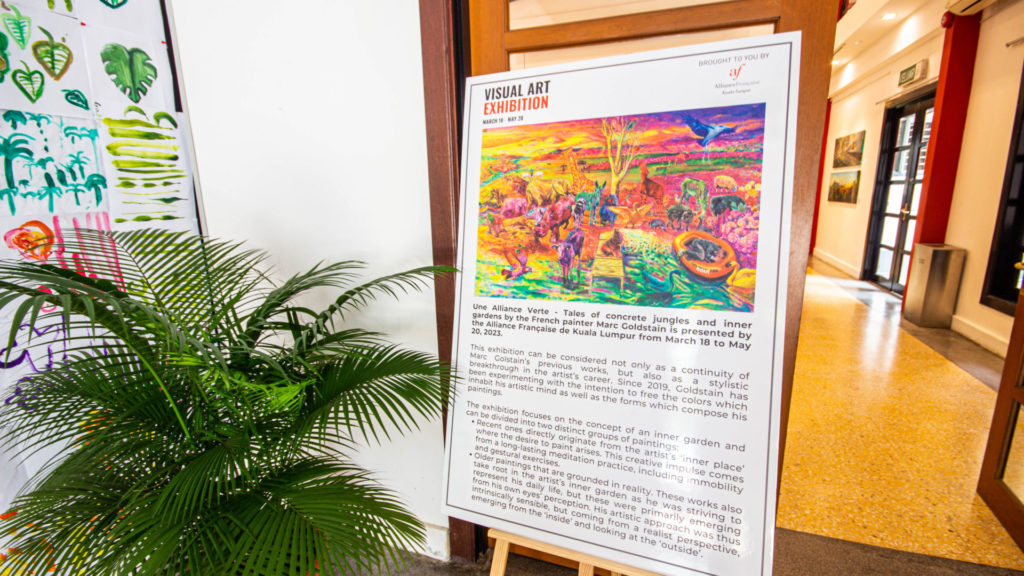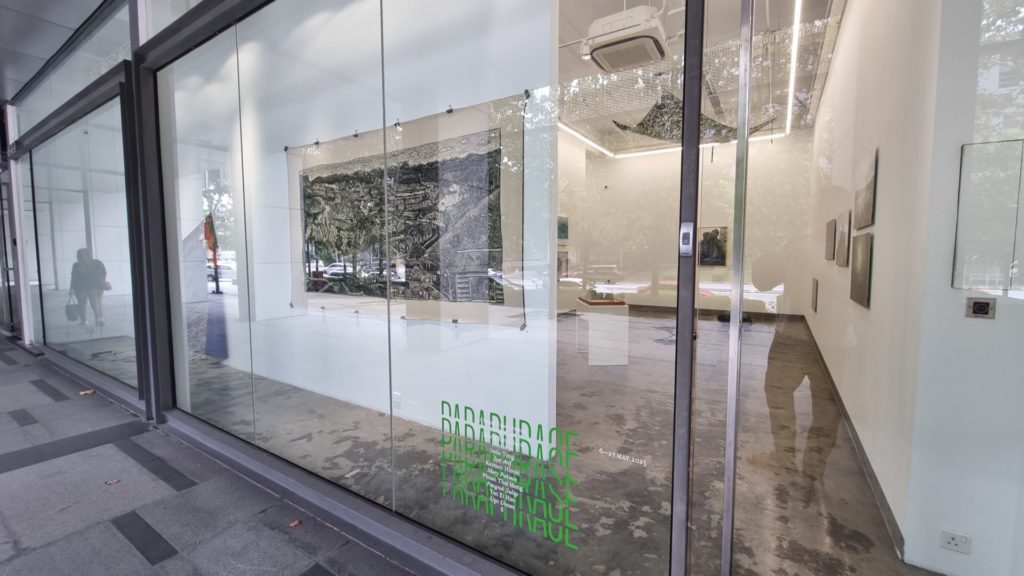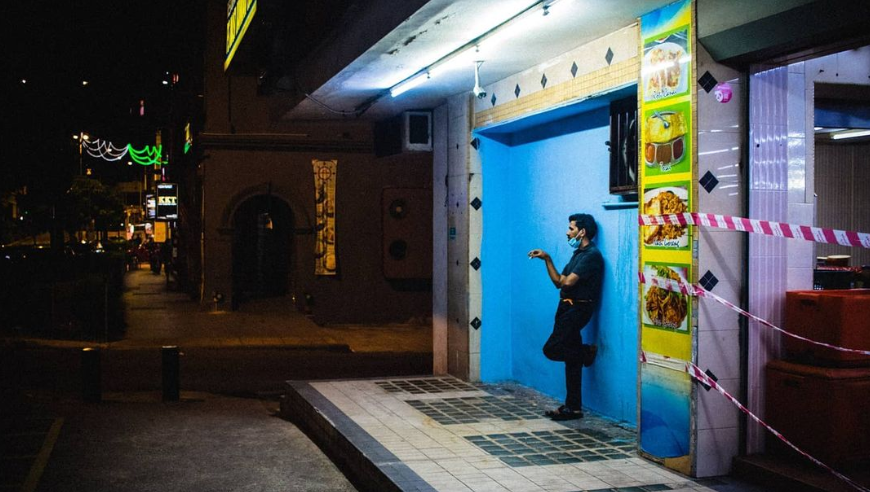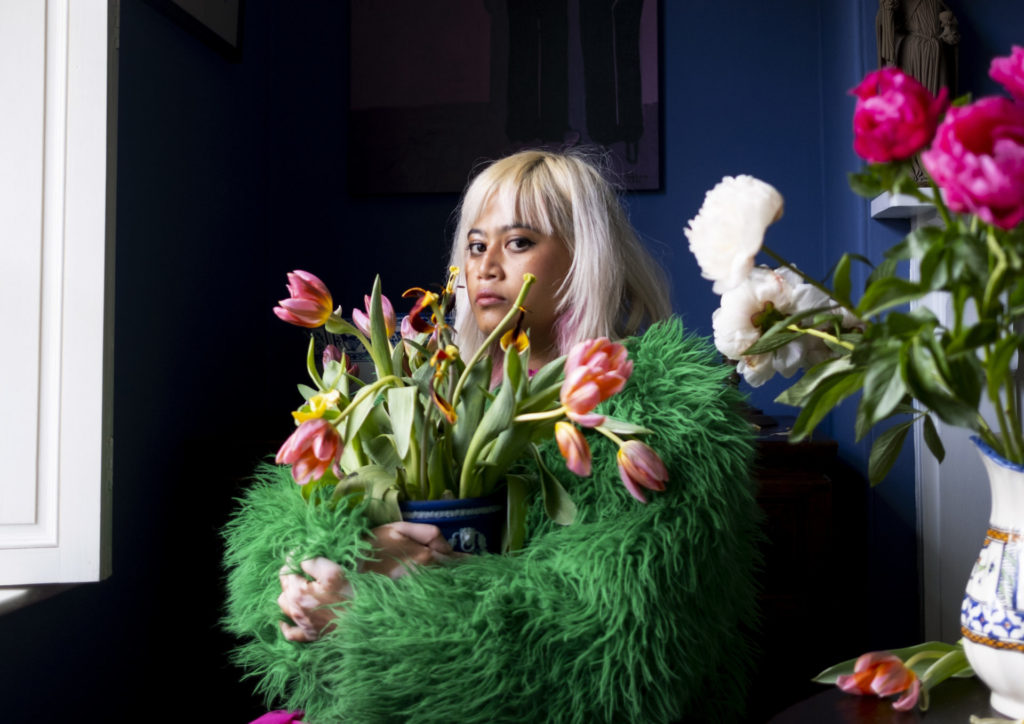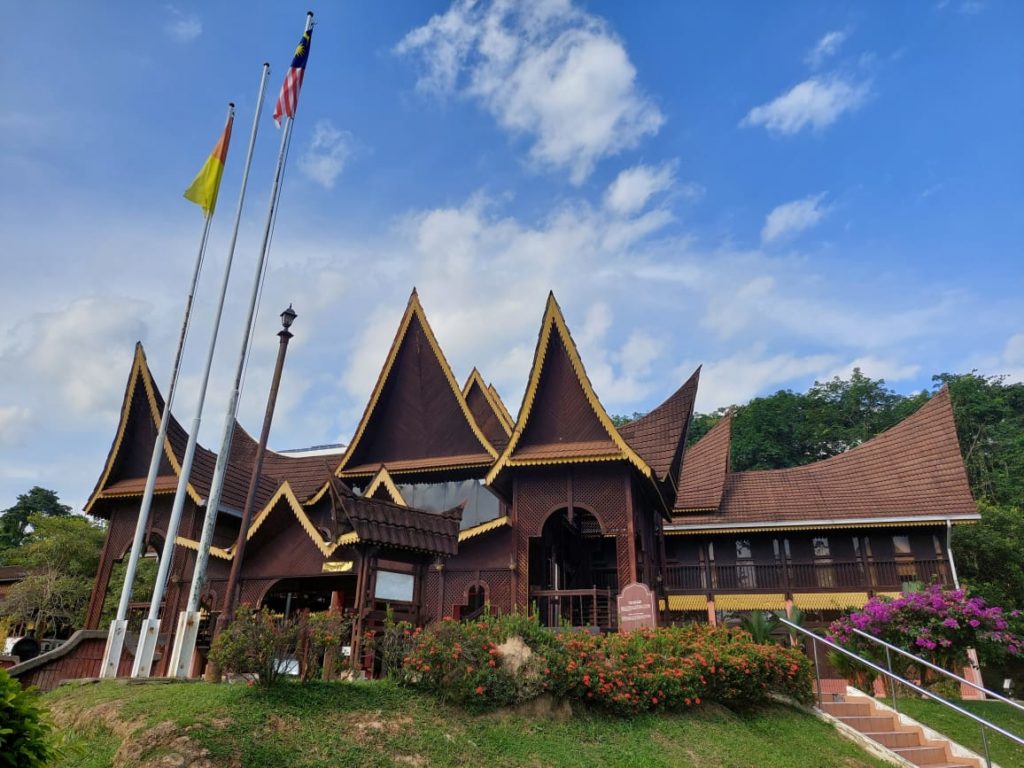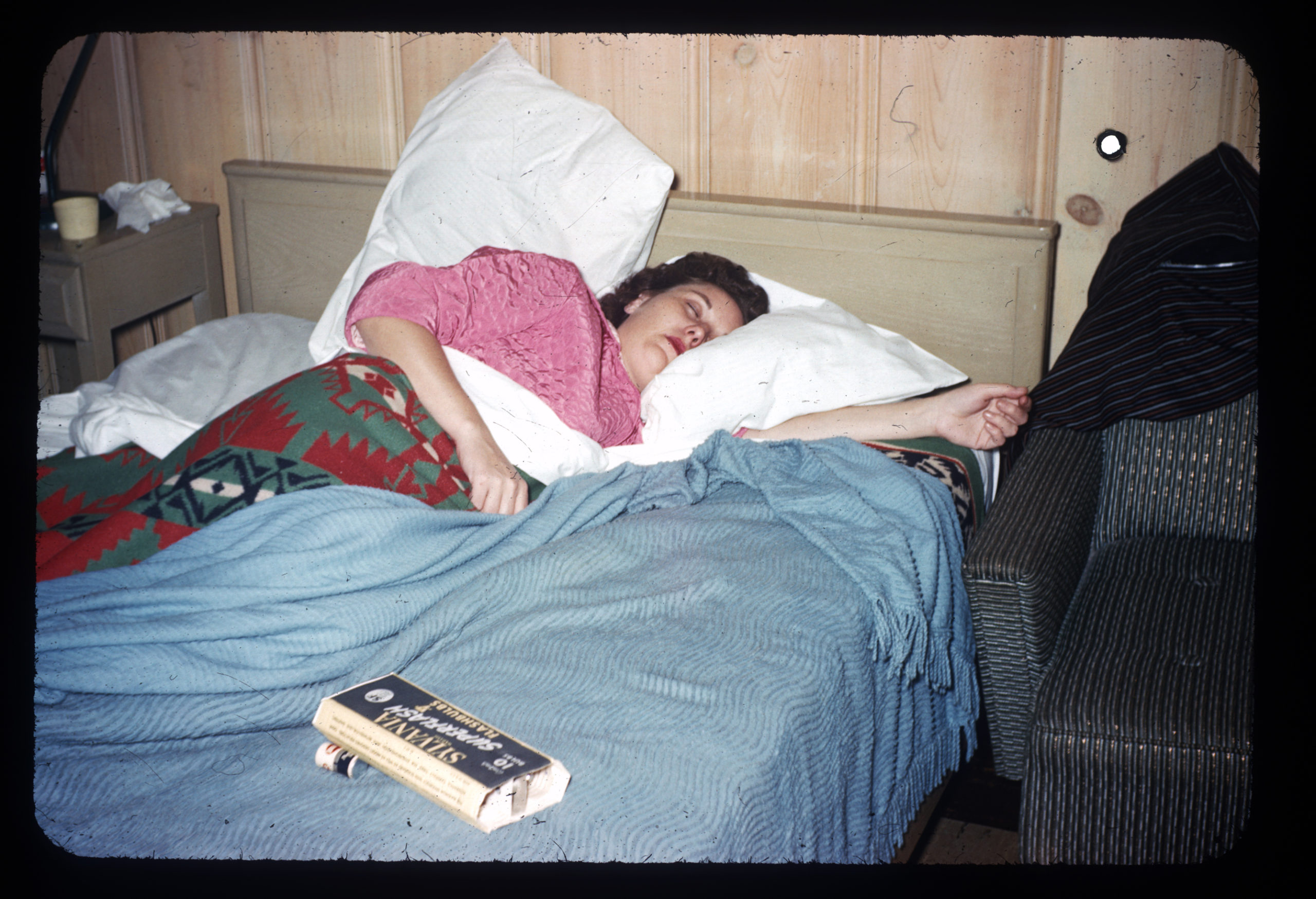
Dreams are an important aspect of the human experience, revealing the boundless creativity within every soul. Chodzko seeks to bring this to the forefront.
By CHIN JIAN WEI
But as we looked it suddenly began to change. This is the title of acclaimed British artist Adam Chodzko’s latest exhibition in Malaysia, presented by Wei-Ling Gallery and supported by The British Council. The title of the exhibition is curiously evocative and layered with meaning, referring to both the ever-changing nature of imagery in dreams as well as how art is interpreted and transformed upon analysis by an observer.
“Through the act of looking, we cause things to happen,” Chodzko elaborates. “Yeah, the painting was there before you came into the room. But you will see something that’s very different from the next person that comes along because of what you bring to it. Whether it’s cinema, or reading, the deeper you go into it, there’s a point when the work almost becomes a mirror for yourself, and you start fusing with it.” The collected works deal with various subject matter related to or adjacent to dreaming and the subconscious mind.
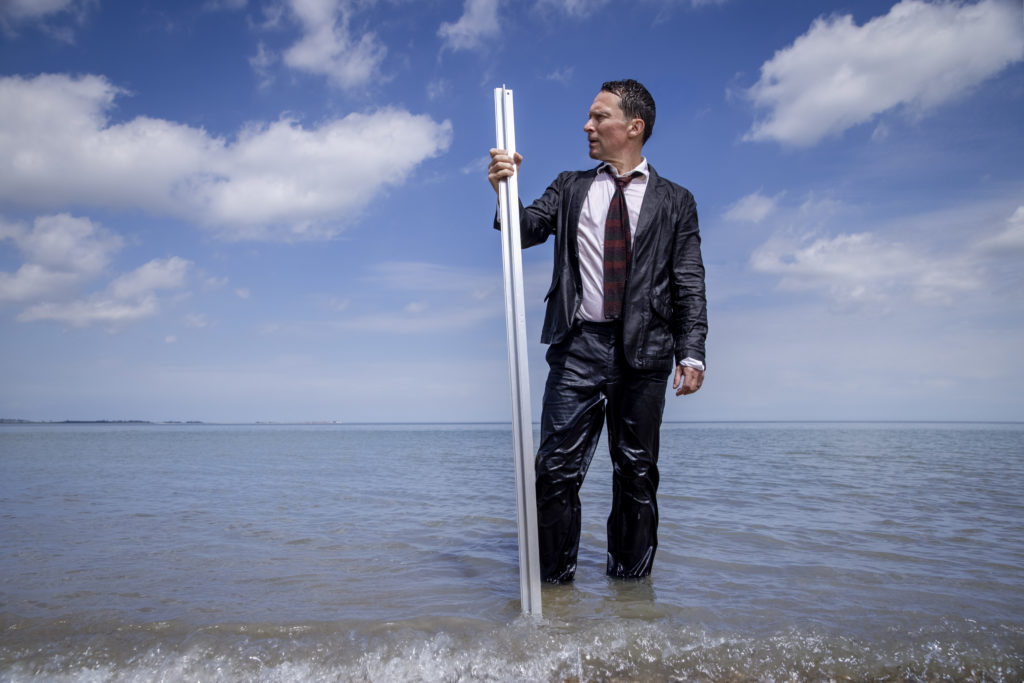
Take for example, the piece entitled jengkuan. Before coming to Malaysia, Chodzko procured a set of photographs depicting Malaysian life dating from the 1960s and 1980s. He then imagined dreaming of an encounter with Malaysia, connecting the contextless images into a video using his own dream logic, misinterpreting and misplacing the pictures in terms of context, temporal order and spatial relationships. Falling. Into the city. Structures of Night also deal with dreams, serving as a visual dream diary for Chodzko as he interprets his dreams and impressions of Kuala Lumpur through ink and crayon sketches made almost unconsciously, allowing his subconscious mind and his hands to create the work spontaneously. “I’m not really aware of what I’m thinking,” he says. “Which for me is a sign that I’m properly connected to the work. I’m almost working from a place of intuition and gut response. I’ve done the thinking beforehand, and I’m allowing things to happen in the moment. Not thinking about myself or the audience, instead working almost like a child playing.
“In England, dreams were a non-subject, almost,” Chodzko says. “People don’t really talk about it. It’s too private, it’s too boring, too new-age. But why are we so ashamed about this activity that we’re all doing? I started looking into other cultures, and in a lot of cultures, dreams have equal weight to what goes on during the day. I thought back to my own childhood, and how incredibly powerful and disturbing my dreams were. Each day, the majority of my intense emotional experiences were happening at night.” Chodzko discussed the subject with a psychological anthropologist. “I asked her, ‘Which country do you think is the best with dealing with and discussing dreams?’ She said, ‘Malaysia.'”
The Senoi indigenous people are one of Malaysia’s Orang Asli tribes, known for their exceptional relationship with dreams. This culture inspired Chodzko, who aims to create more art that explores dreaming. His next major project, Growing Our Dream Ecologies, will use Artificial Intelligence (AI) to visually animate the dreams of the British community. Chodzko hopes to be able to learn from and work alongside Malaysian artists, thinkers and anthropologists, who he hopes will help to guide the project.
“In the UK, there’s a sort of erasing of creative subjects from the school curriculum,” Chodzko muses. “A lot of the reasoning for that is that it’s unneeded, or too odd for ordinary people. But when you start looking at dreaming, ordinary people who don’t have an art education are dreaming these things that are probably more complex and strange than a piece of artwork you’d see in a gallery. Whether you’re six or ninety-five years old, there’s an inclusivity of strangeness in dreams.” Chodzko’s art is about tapping into that innate potential for art-making that is present in humanity.
Cinema is a big influence on Chodzko’s art. He says, “Particularly Thai filmmakers like Apichatpong. A lot of his work is referencing this sort of dream reality but makes it very matter-of-fact, it melds with everyday life in a simple way. I also like Iranian cinema which has a sense of improvisation. Korean cinema. Taiwanese cinema, like Rebels of the Neon God. I guess with all of them, there’s a sense of reality that is unstable and unfolding.” Other than that, Chodzko often gets inspiration from simple sources like daily conversations and everyday situations.

Chodzko is not the only artist who is fascinated by dreams. Digital artwork that depicts dreamlike subject matter and locations has been popular on the Internet as of late, going by various terms such as dreamcore or liminal space imagery. Chodzko offers his opinion on the proliferation of art like that. “I think there’s potentially a retreat into these other spaces where we don’t have a great impact. We’re creating this trail of destruction just through what we consume and what we do. Maybe dreams become this space that can be explored, is free and doesn’t cause any damage.”
But as we looked it suddenly began to change is exhibited at Wei-Ling Gallery until May 27. Check out Chodzko’s website and Wei-Ling Gallery’s Instagram page to see more!
For more BASKL, click on the links below:


